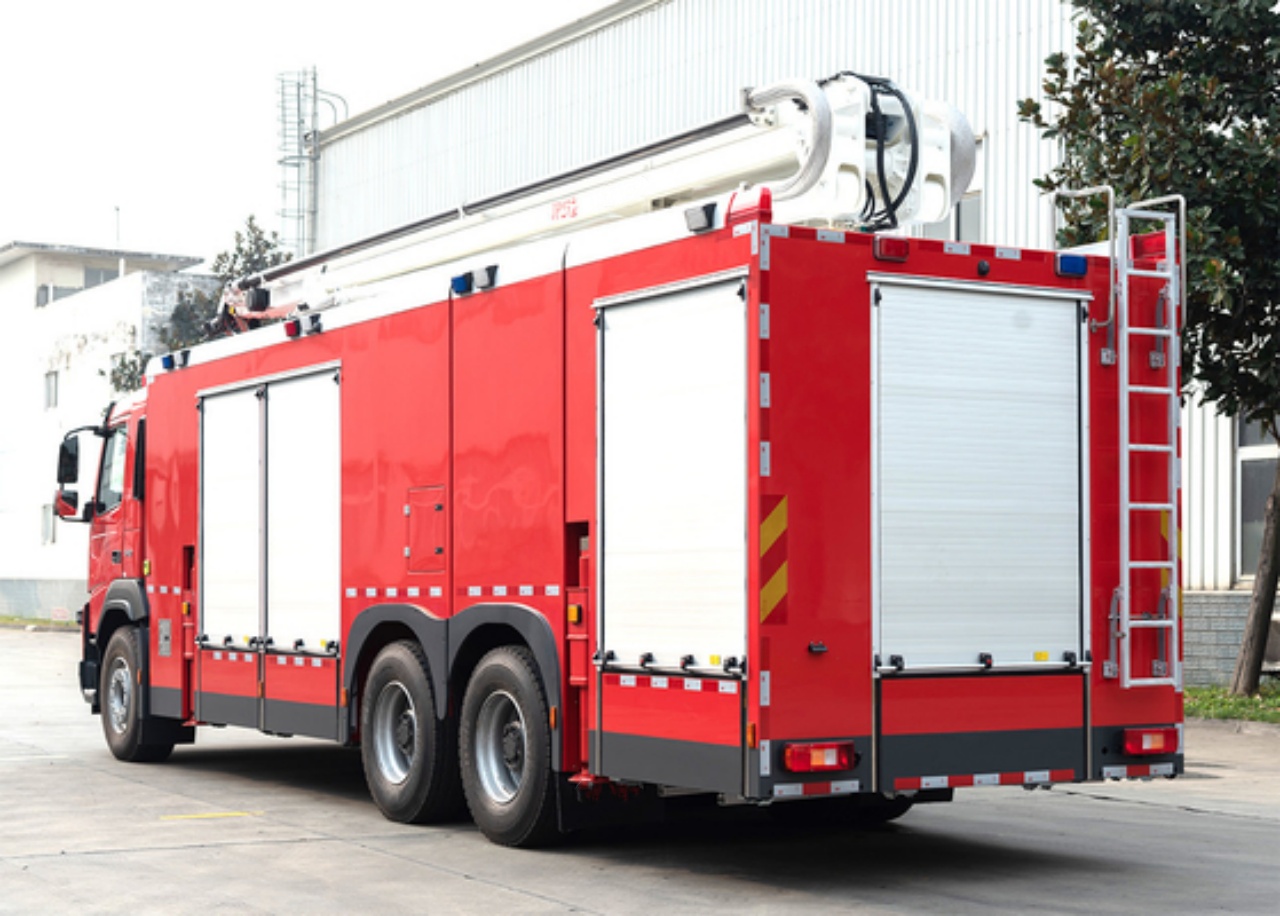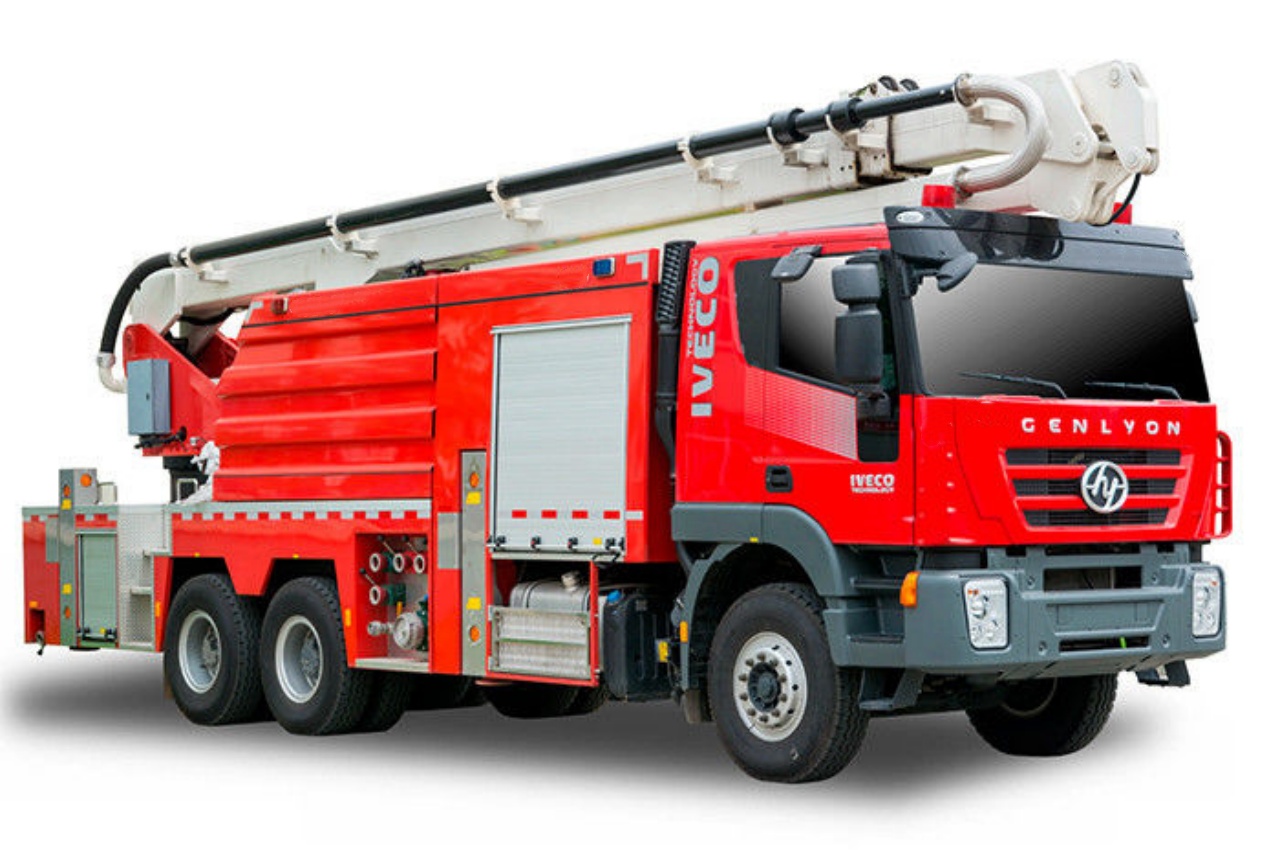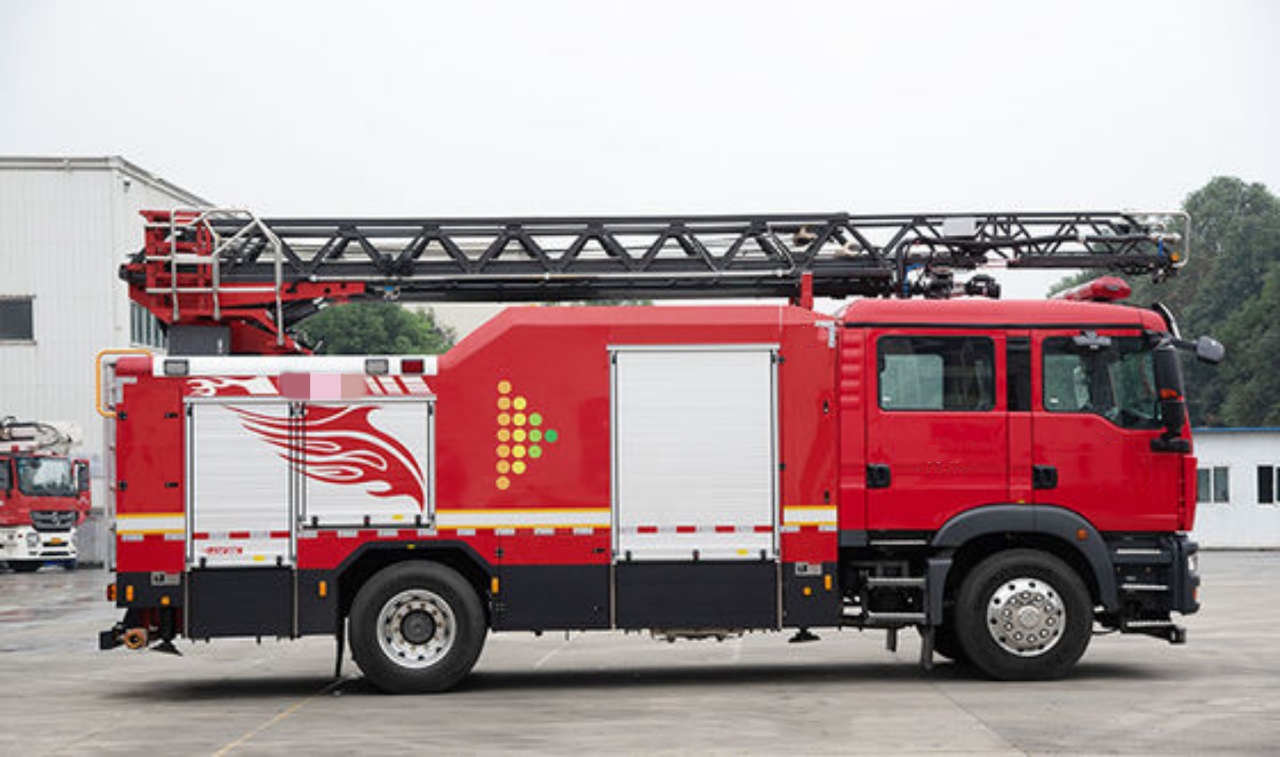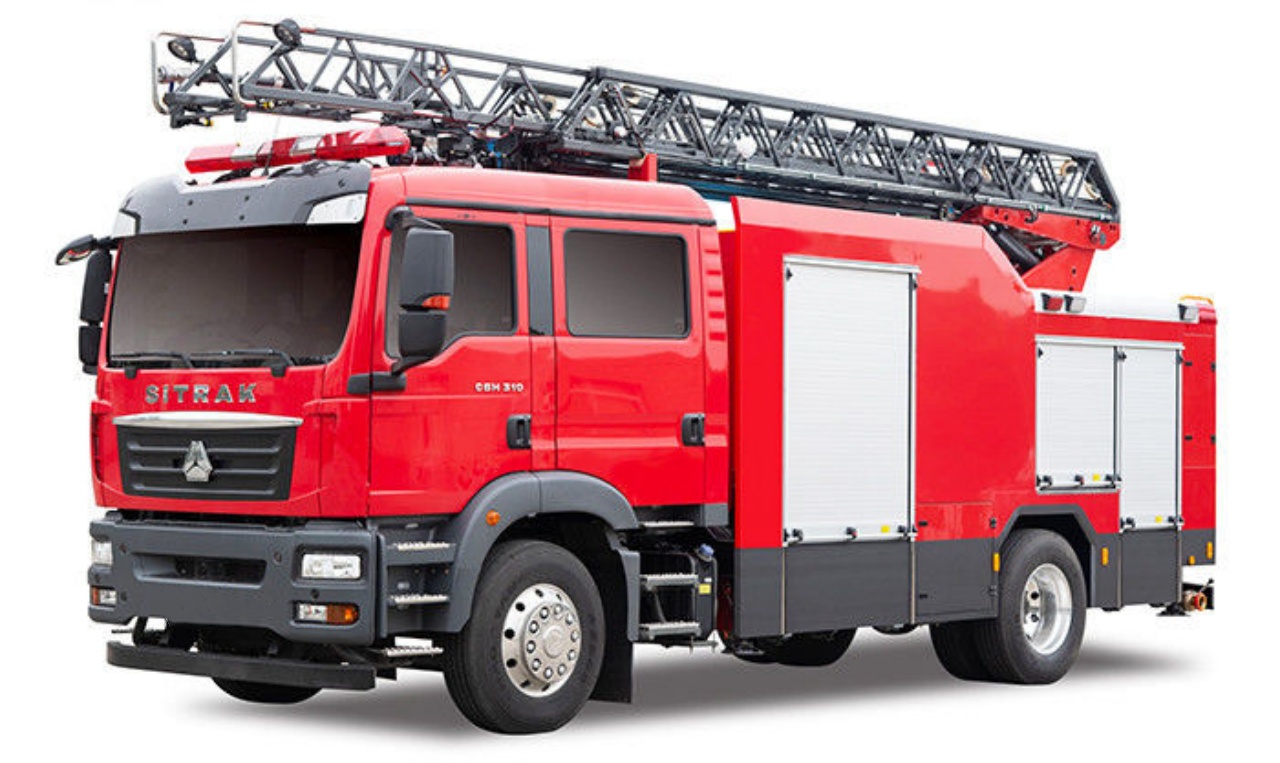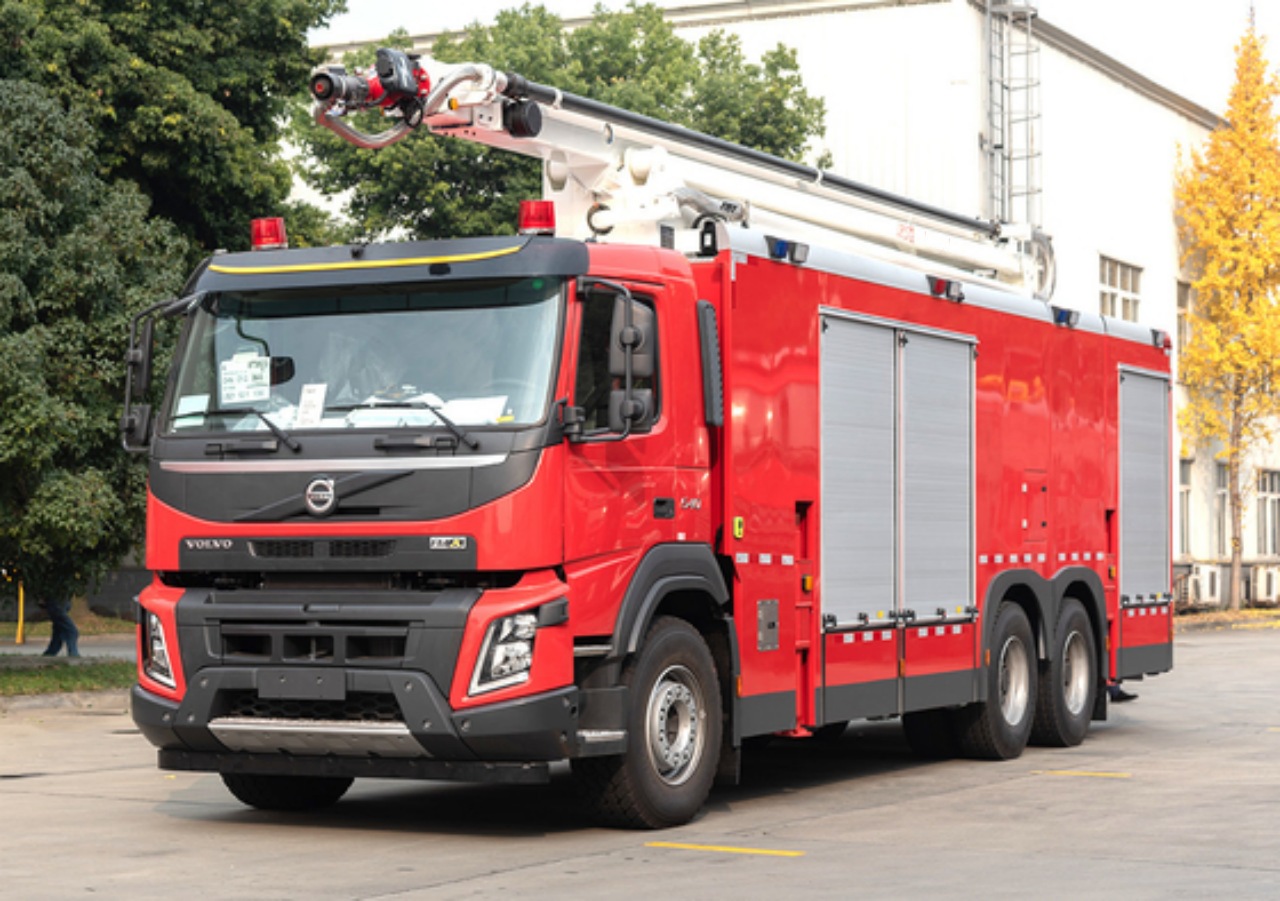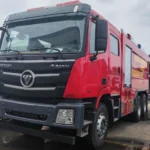When a fire breaks out or an emergency unfolds, we often hear sirens blaring and see large red vehicles racing to the scene. To the average observer, all these vehicles are typically referred to as “fire trucks.” However, not all fire department apparatuses are created equal. There’s a crucial distinction between a fire engine and a fire truck, each playing a unique role in firefighting and rescue operations. Understanding the differences between the two can deepen our appreciation for the strategic work carried out by firefighters and the specialized tools they use.
The Common Confusion
In everyday speech, the terms “fire engine” and “fire truck” are often used interchangeably. After all, both are large, red, and equipped with flashing lights and sirens. But in the fire service industry, these terms refer to different vehicles with distinct equipment and functions. The difference boils down to what they carry and what role they play during emergencies.
Let’s dive into the core distinctions.
Fire Engine: The Workhorse of Fire Suppression
A fire engine, also known as a pumper, is primarily designed for putting out fires. It carries the essential tools and resources needed for fire suppression and basic life support.
Key Features of a Fire Engine:
- Water Tank: A fire engine is equipped with a water tank (commonly ranging from 500 to 1,000 gallons) to provide an immediate water supply upon arrival at a fire scene.
- Pump System: The engine includes a powerful pump, usually capable of pumping 1,000 to 2,000 gallons per minute, to pressurize water either from its tank or from an external water source such as a hydrant.
- Hoses: Fire engines carry several types of hoses, including:
- Large-diameter supply hoses are used to transport water from hydrants.
- Attack lines for directing water into the fire.
- Booster reels for smaller, quicker operations.
- Basic Medical Equipment: Most engines also carry first aid kits, automated external defibrillators (AEDs), and basic life support (BLS) tools.
- Personnel: A fire engine typically carries a crew of 3 to 5 firefighters who are trained in both fire suppression and emergency medical services.
Primary Role:
The main purpose of a fire engine is to extinguish fires. It is the first line of defense in structural, vehicle, and wildland fires. It also plays a support role in other types of emergencies.
Fire Truck: The Toolbox on Wheels
In contrast, a fire truck is more focused on rescue operations, ventilation, and accessing difficult areas rather than direct fire suppression. It is often referred to as a ladder truck or aerial apparatus, depending on its configuration.
Key Features of a Fire Truck:
- Aerial Ladder: The most prominent feature of a fire truck is its long, extendable aerial ladder (typically 75 to 100 feet long), which allows firefighters to access higher floors of buildings.
- Ground Ladders: Fire trucks carry a wide variety of portable ground ladders, sometimes up to 200 feet in total ladder length.
- Rescue Tools: Trucks are loaded with specialized tools like the “Jaws of Life,” hydraulic spreaders and cutters, saws, ropes, and cribbing for vehicle extrications and building collapses.
- Ventilation Equipment: These include fans, axes, and chainsaws used to ventilate smoke from buildings, improving visibility and reducing heat.
- Lighting and Power Tools: Fire trucks carry portable generators, scene lights, and tools for forced entry.
- Personnel: Like engines, trucks typically carry a crew of 4 to 6 firefighters who are trained in technical rescue, ventilation, and support roles.
Primary Role:
The main role of a fire truck is to support fire suppression by providing access, tools, and rescue capabilities. In fires, truck companies are responsible for search and rescue, ventilation, and forcible entry.
Summary of Differences
| Feature | Fire Engine (Pumper) | Fire Truck (Ladder/Aerial) |
|---|---|---|
| Main Purpose | Fire suppression | Rescue, ventilation, and access |
| Water Tank | Yes | No |
| Pump System | Yes | No |
| Hoses | Yes | Minimal or none |
| Aerial Ladder | No | Yes |
| Ground Ladders | Few or none | Multiple types and sizes |
| Rescue Tools | Limited | Extensive |
| Ventilation Equipment | Minimal | Yes |
| Typical Crew | 3–5 firefighters | 4–6 firefighters |
Real-World Example
Imagine a high-rise apartment fire. The fire engine arrives first, connects to a hydrant, and begins attacking the fire from the inside using hoses. The crew also provides immediate medical attention to any injured residents.
Meanwhile, the fire truck pulls up and extends its aerial ladder to rescue people trapped on the upper floors. Firefighters on the truck ventilate the building by cutting holes in the roof and breaking down doors to access trapped individuals. Both vehicles and their crews work in tandem, but each performs different, complementary tasks.
Additional Apparatus in the Fire Service
Beyond engines and trucks, the fire service has a wide variety of specialized apparatus, including:
- Rescue Squads: Specialize in technical rescues (e.g., confined space, water, high-angle).
- Hazmat Units: Handle hazardous material spills and containment.
- Brush Trucks: Designed for wildland and grass fires.
- Command Vehicles: Used by chiefs or incident commanders for coordination.
However, in most standard urban and suburban fire departments, engines and trucks form the backbone of response operations.
Why the Distinction Matters
Understanding the difference between a fire engine and a fire truck isn’t just academic—it impacts how departments deploy resources during emergencies. It also reflects the evolving complexity of modern firefighting. In large departments, specific crews specialize in engine or truck work, often referred to as “engine companies” and “truck companies.”
Additionally, proper identification of vehicles helps streamline communication between dispatchers, incident commanders, and firefighters on the scene.
Final Thoughts
Although they look similar at first glance, fire engines and fire trucks are 2 very different types of emergency vehicles with distinct roles in firefighting operations. The fire engine is the water-hauling, hose-pulling heart of fire suppression, while the fire truck is the tool-laden platform for rescue and support.
Together, they form an essential partnership—combining muscle, strategy, and technology to save lives and protect property. Next time you see these vehicles rolling by, you’ll know which is which—and the critical role each plays in keeping communities safe.
